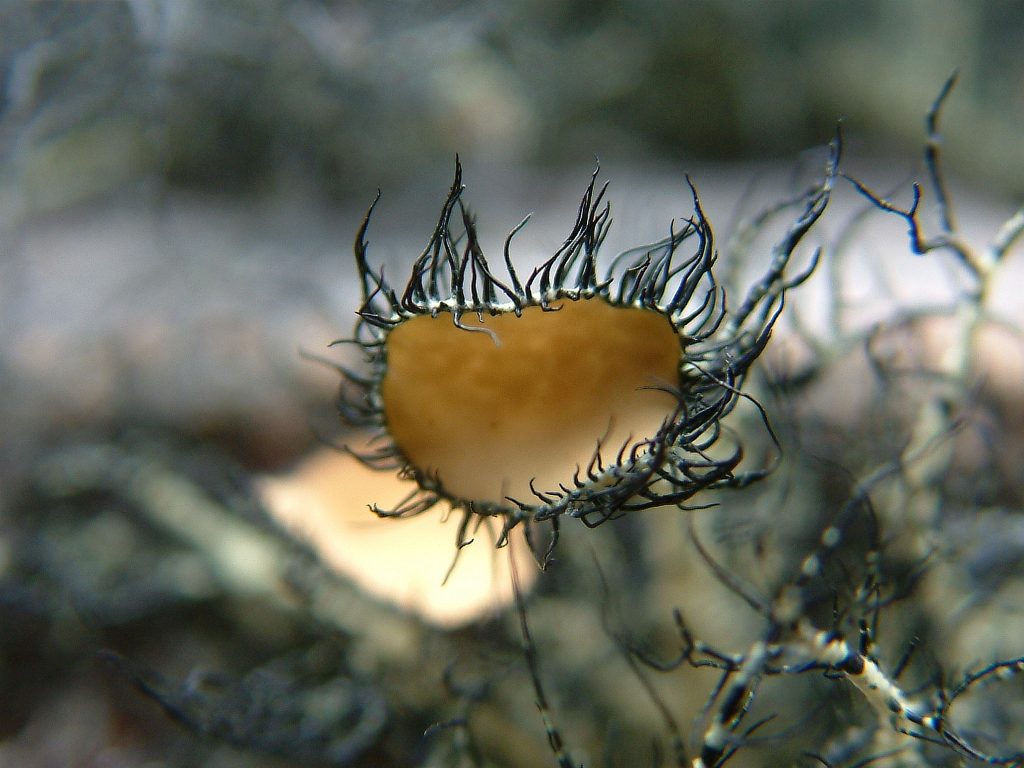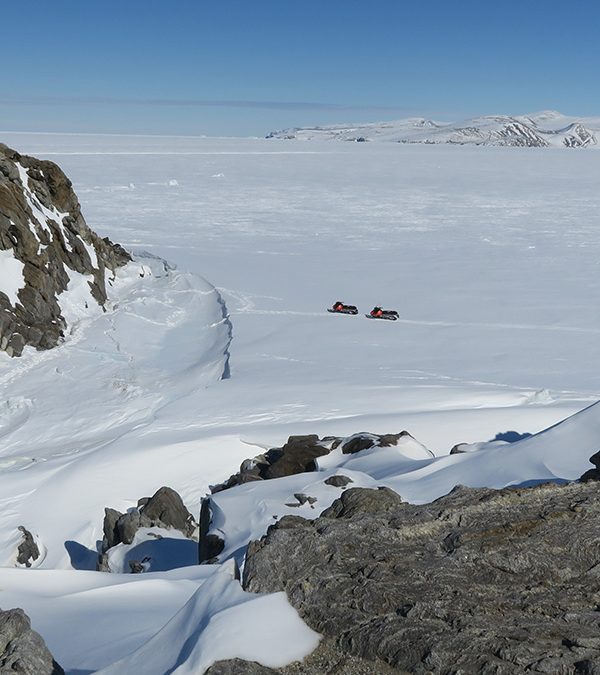
The more simple photosynthetic organisms (lichens, mosses and algae) are dominant in polar regions, where vascular plants (grasses, trees and shrubs) are scarce or absent. Rocks are their preferred habitat, due to the stability and multiplicity of microenvironments that can be found on this substrate. In glacial times, only a few rocky outcrops protruded through the vast expanses of polar ice, offering the only chance of survival to the best-adapted life forms. The Inuit, the ancient inhabitants of the Arctic, call these stone islands surrounded by ice ‘nunataks’, the name by which they are known around the world. In Antarctica, nunataks have played, and continue to play, a key role as a refuge for diversity during ice ages and a source of vital propagules, which from there colonise new areas as the ice retreats. Our main objective is to explain how this stony environment determines the diversity and ecology of Antarctic mosses and lichens, to find out what the environmental conditions are in different types of nunataks today, and to determine the gene flow (parentage relationships) that may exist between populations of the same species in nunataks and in other less extreme environments.
Investigador principal: Leopoldo Garcia Sancho
Acrónimo: POLAR-ROCKS (PID2019-105469RB-C21)
